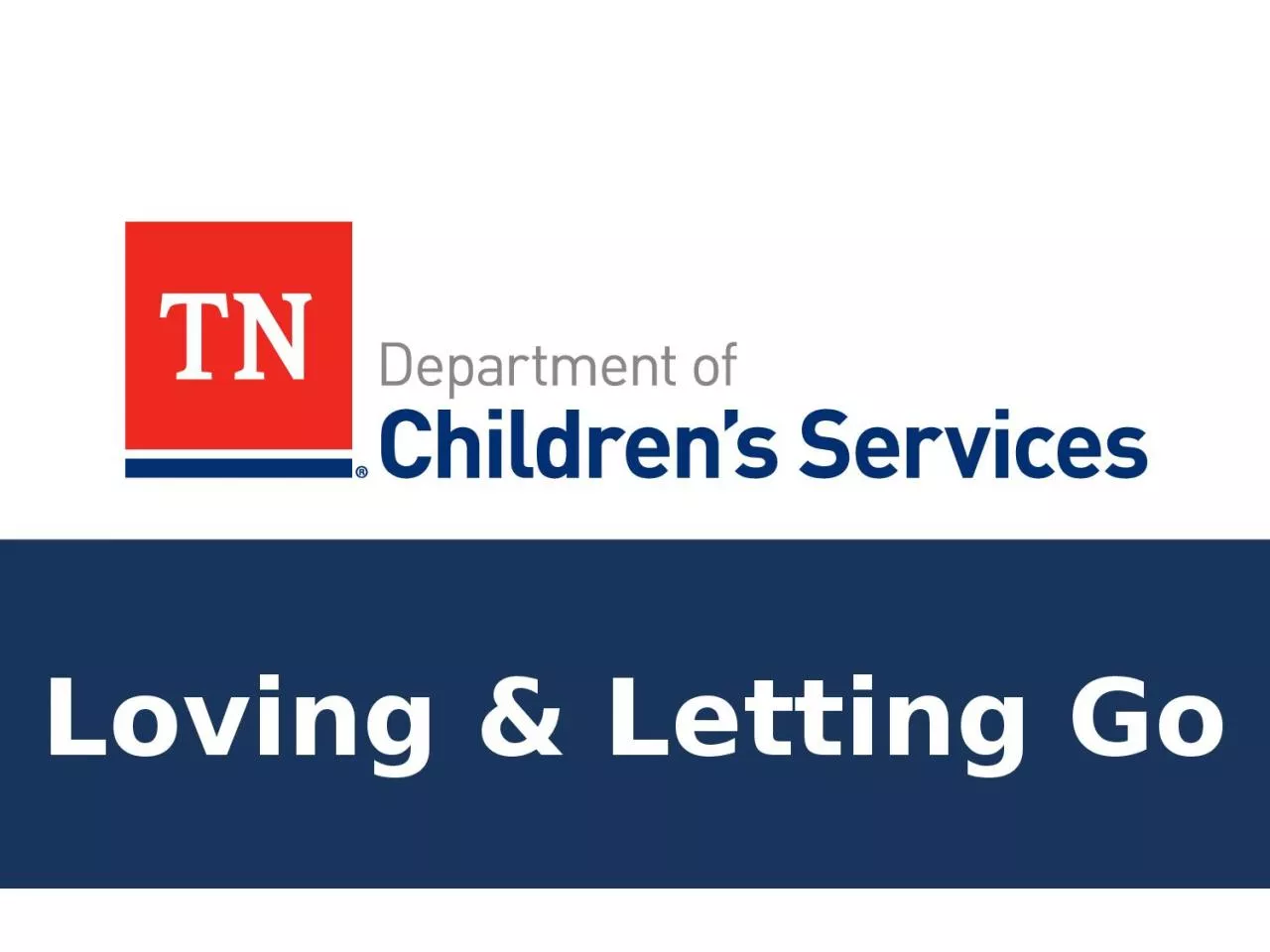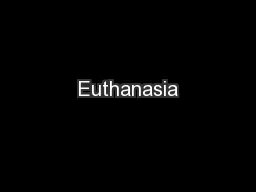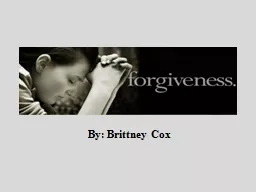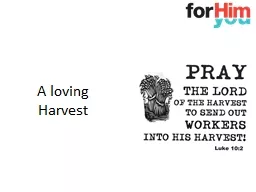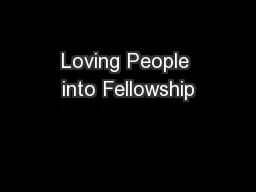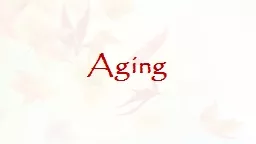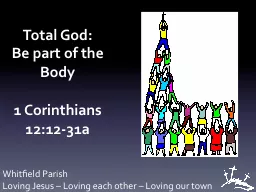PPT-Loving & Letting Go Agenda
Author : Dragonfruit | Published Date : 2022-08-04
Introductions Compassion Fatigue Burnout and Secondary Traumatic Stress Childrens Grief Break Resource Parents Grief Letting Go Managing GriefFatigue Closure Objectives
Presentation Embed Code
Download Presentation
Download Presentation The PPT/PDF document "Loving & Letting Go Agenda" is the property of its rightful owner. Permission is granted to download and print the materials on this website for personal, non-commercial use only, and to display it on your personal computer provided you do not modify the materials and that you retain all copyright notices contained in the materials. By downloading content from our website, you accept the terms of this agreement.
Loving & Letting Go Agenda: Transcript
Download Rules Of Document
"Loving & Letting Go Agenda"The content belongs to its owner. You may download and print it for personal use, without modification, and keep all copyright notices. By downloading, you agree to these terms.
Related Documents

